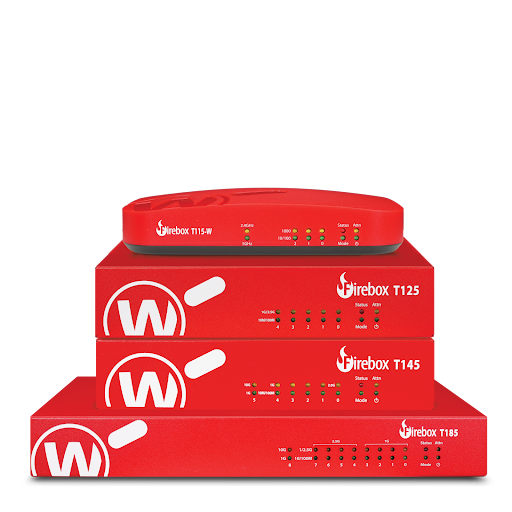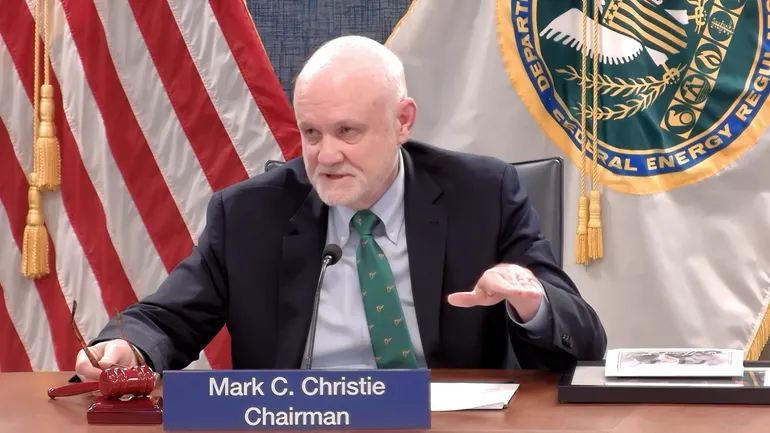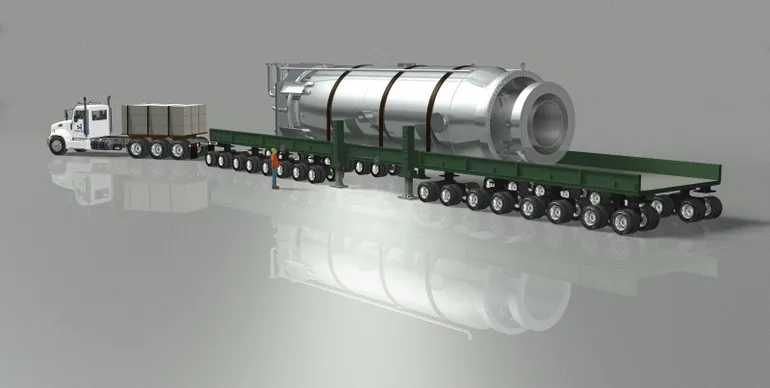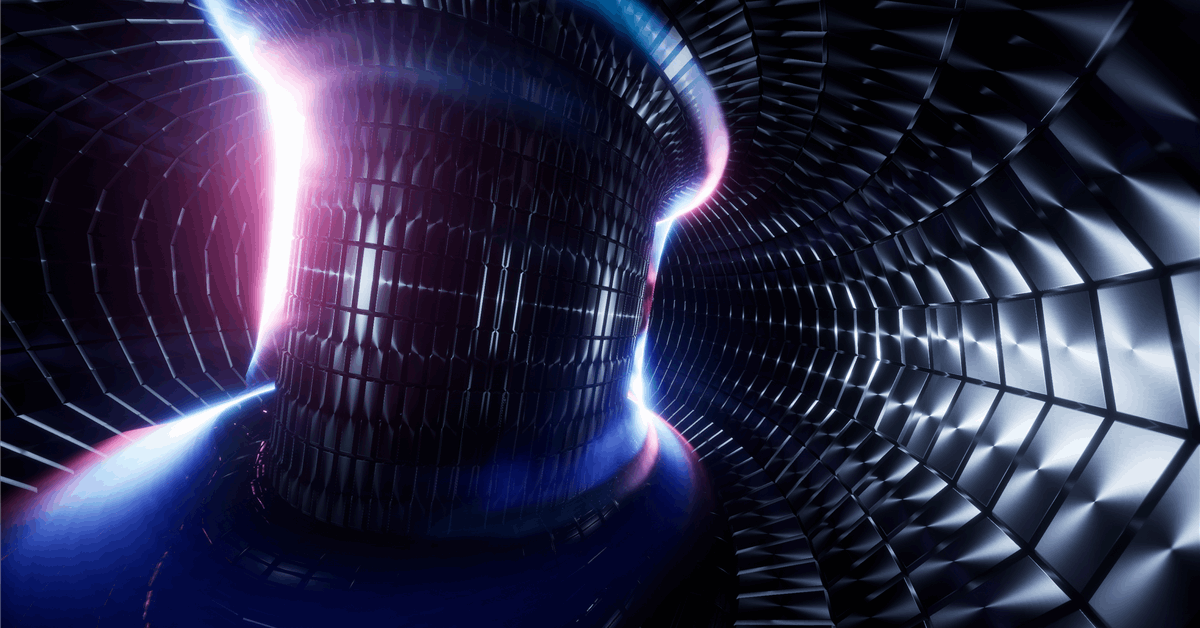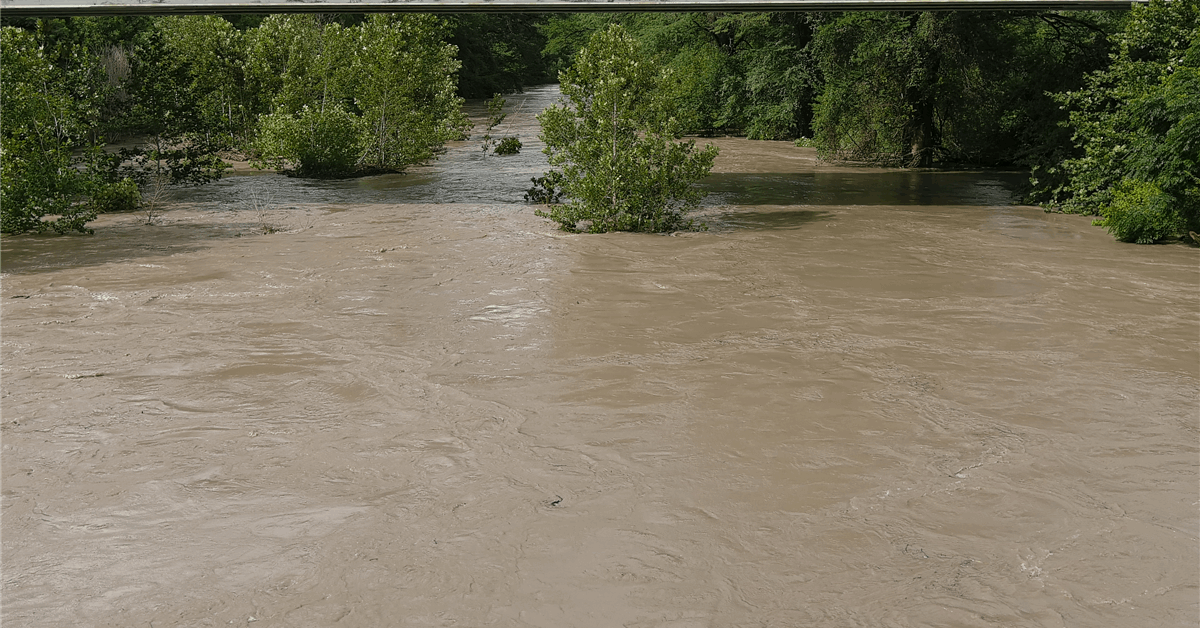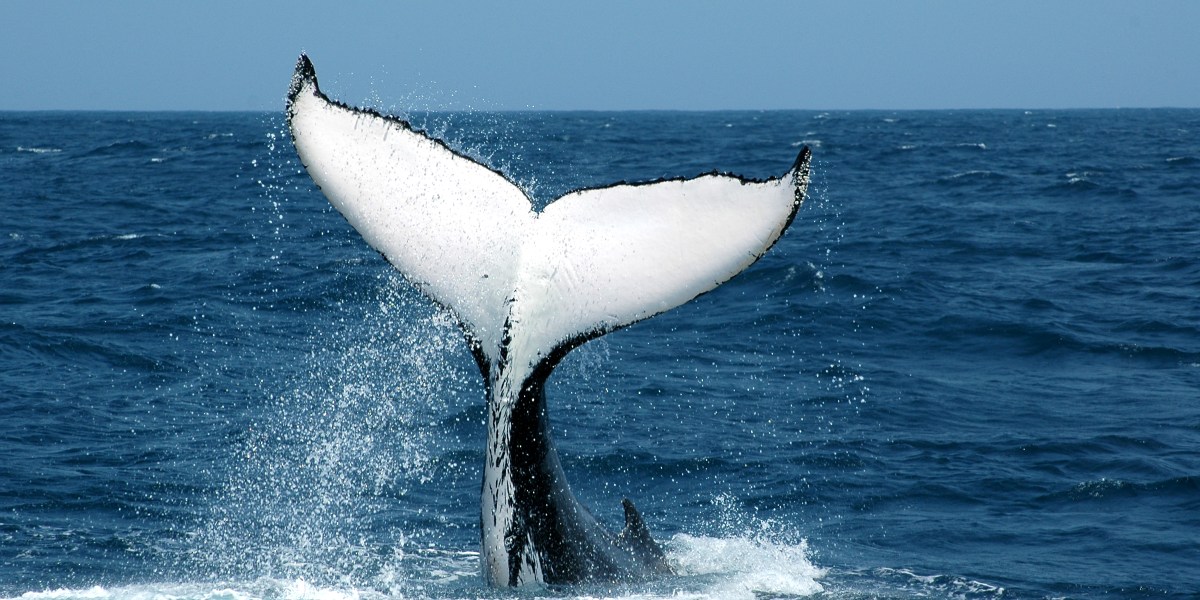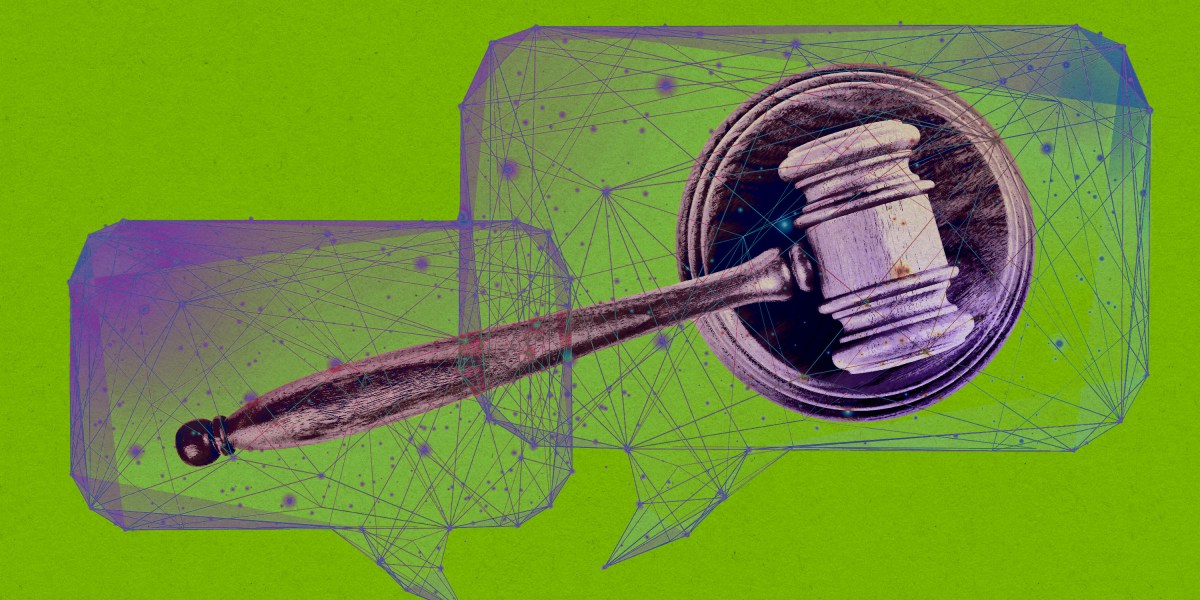Physicists have created a new type of radar that could help improve underground imaging, using a cloud of atoms in a glass cell to detect reflected radio waves. The radar is a type of quantum sensor, an emerging technology that uses the quantum-mechanical properties of objects as measurement devices. It’s still a prototype, but its intended use is to image buried objects in situations such as constructing underground utilities, drilling wells for natural gas, and excavating archaeological sites.
Like conventional radar, the device sends out radio waves, which reflect off nearby objects. Measuring the time it takes the reflected waves to return makes it possible to determine where an object is. In conventional radar, the reflected waves are detected using a large antenna, among other receiver components. But in this new device, the reflected waves are registered by detecting the interactions between the returning waves and the atom cloud.
The current incarnation of the radar is still bulky, as the researchers have kept it connected to components on an optical table for ease of testing. But they think their quantum radar could be significantly smaller than conventional designs. “Instead of having this sizable metal structure to receive the signal, we now can use this small glass cell of atoms that can be about a centimeter in size,” says Matthew Simons, a physicist at the National Institute of Standards and Technology (NIST), who was a member of the research team. NIST also worked with the defense contractor RTX to develop the radar.
The glass cell that serves as the radar’s quantum component is full of cesium atoms kept at room temperature. The researchers use lasers to get each individual cesium atom to swell to nearly the size of a bacterium, about 10,000 times bigger than the usual size. Atoms in this bloated condition are called Rydberg atoms.
When incoming radio waves hit Rydberg atoms, they disturb the distribution of electrons around their nuclei. Researchers can detect the disturbance by shining lasers on the atoms, causing them to emit light; when the atoms are interacting with a radio wave, the color of their emitted light changes. Monitoring the color of this light thus makes it possible to use the atoms as a radio receiver. Rydberg atoms are sensitive to a wide range of radio frequencies without needing to change the physical setup, says Michał Parniak, a physicist at the University of Warsaw in Poland, who was not involved in the work. This means a single compact radar device could potentially work at the multiple frequency bands required for different applications.
Simons’s team tested the radar by placing it in a specially designed room with foam spikes on the floor, ceiling, and walls like stalactites and stalagmites. The spikes absorb, rather than reflect, nearly all the radio waves that hit them. This simulates the effect of a large open space, allowing the group to test the radar’s imaging capability without unwanted reflections off walls.
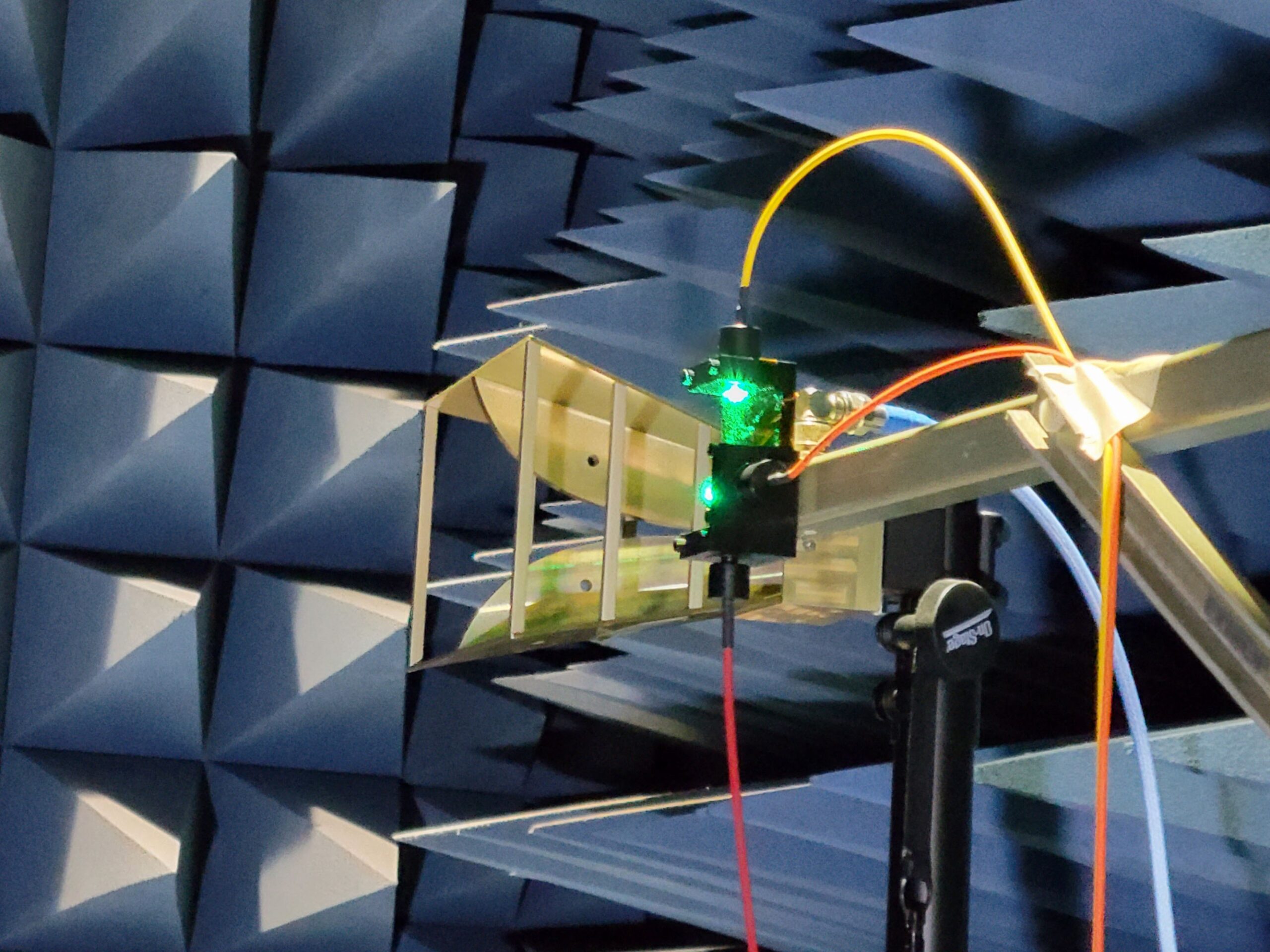
The researchers placed a radio wave transmitter in the room, along with their Rydberg atom receiver, which was hooked up to an optical table outside the room. They aimed radio waves at a copper plate about the size of a sheet of paper, some pipes, and a steel rod in the room, each placed up to five meters away. The radar allowed them to locate the objects to within 4.7 centimeters. The team posted a paper on the research to the arXiv preprint server in late June.
The work moves quantum radar closer to a commercial product. “This is really about putting elements together in a nice way,” says Parniak. While other researchers have previously demonstrated how Rydberg atoms can work as radio wave detectors, he says, this group has integrated the receiver with the rest of the device more sleekly than before.
Other researchers have explored the use of Rydberg atoms for other radar applications. For example, Parniak’s team recently developed a Rydberg atom sensor for measuring radio frequencies to troubleshoot chips used in car radar. Researchers are also exploring whether radar using Rydberg-atom receivers could be used for measuring soil moisture.
This device is just one example of a quantum sensor, a type of technology that incorporates quantum components into conventional tools. For example, the US government has developed gyroscopes that use the wave properties of atoms for sensing rotation, which is useful for navigation. Researchers have also created quantum sensors using impurities in diamond to measure magnetic fields in, for example, biomedical applications.
One advantage of quantum sensors is the inherent consistency of their core components. Each cesium atom in their device is identical. In addition, the radio receiver relies on the fundamental structure of these atoms, which never changes. Properties of the atoms “can be linked directly to fundamental constants,” says Simons. For this reason, quantum sensors should require less calibration than their non-quantum counterparts.
Governments worldwide have invested billions of dollars to develop quantum sensors and quantum computers, which share similar components. For example, researchers have built quantum computers using Rydberg atoms as qubits, the equivalent to bits in a conventional computer. Thus, advances in quantum sensing can potentially translate into advances into quantum computing, and vice versa. Parniak has recently adapted an error-correction technique from quantum computing to improve a Rydberg-atom-based sensor.
Researchers still need to continue developing quantum radar before it can be made commercially viable. In the future, they need to work on improving the device’s sensitivity to fainter signals, which could involve improving the coatings for the glass cell. “We don’t see this replacing all radar applications,” says Simons. Instead, he thinks it will be useful for particular scenarios that require a compact device.


